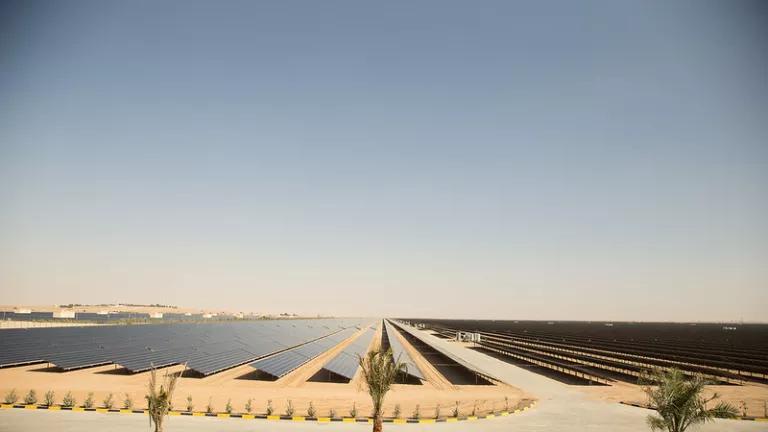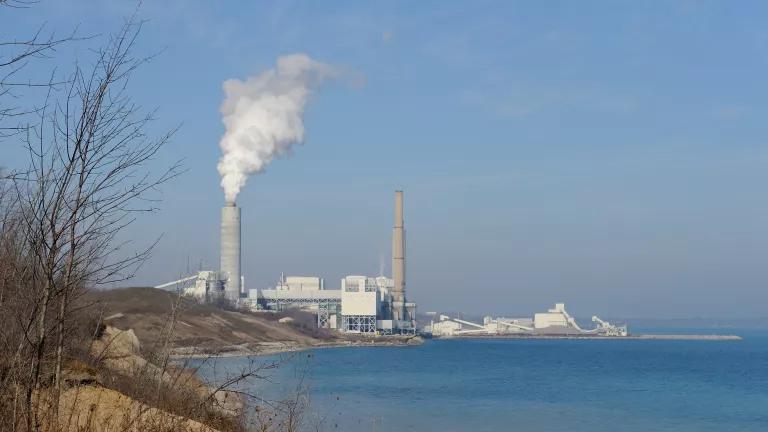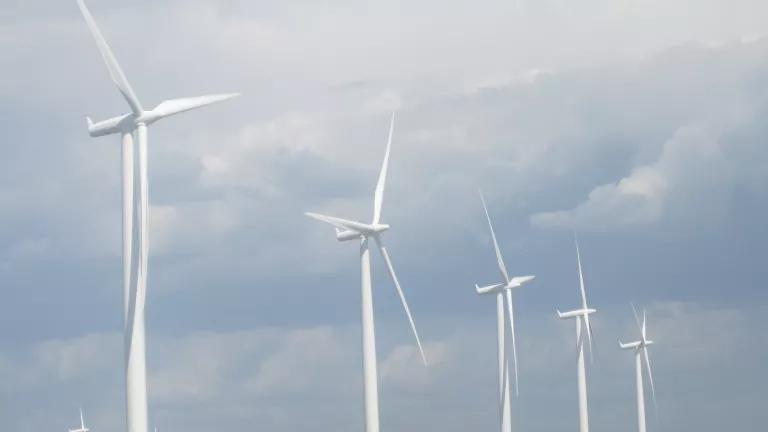Making Investments Climate Smart: Globally and in India
Co-Authored with Poonam Sandhu
A new report by the World Economic Forum warns that three years after the Paris Agreement on climate change, global transition to clean energy has slowed down. Human-induced climate change is an epoch-defining event that is already affecting all life on earth and, if left unchecked, portends catastrophic consequences. Both mitigating greenhouse gas emissions to alleviate the effects of climate change and adapting to its adverse impacts requires significant amount of financial resources. Cost of inaction, however, is even higher. Fortunately, the global financial community is recognizing that mainstreaming climate change impacts in investment decisions is not just good for the planet but also makes sound business sense.
Let us size up the numbers first. According to estimates, a total of $90 trillion of global investment in low carbon, climate resilient projects is needed by 2030 to combat climate change. To get there, global green finance needs to reach at least $1 trillion annually by end 2020 and grow each year of the new decade.
In international climate negotiations, climate finance is a key issue. Developed countries are expected to mobilize $100 billion annually by 2020 (which is just a tenth of the $1 trillion figure). However, getting to even $100 billion is not easy – climate finance reached $56.7 billion by end 2017, still woefully short of the goal. While public climate finance from developed to developing countries is important from equity and justice perspective, it is never going to be enough to match the scale of investment required.
But the world has enough financial resources. Just the top 400 asset managers manage about $75 trillion in global assets between them. What is needed, clearly, is the alignment of global capital flows with the underlying climate risks.
Infrastructure investments illustrate the point rather well. Climate risk to infrastructure is already evident. Flights, across the world, have been grounded because of very hot weather. The International Civil Aviation Organization (ICAO) has warned that the aviation industry needs to prepare for severe disruptions as a result of climate change. The world needs to invest $3.7 trillion in infrastructure annually to meet its development needs. What is needed to make these investments climate risk compatible? That, in the words of Masamichi Kono, Organisation for Economic Co-operation and Development (OECD) Deputy Secretary-General, is a trillion dollar question.
One way is to choose renewable energy over fossil fuels - thus avoiding the risk of stranded assets down the line as renewables are becoming cheaper (even before accounting for the health and environmental costs). Infrastructure planning also needs to factor in climate risks such as the impact of sea-level rise and extreme weather events. The impact of drought, extreme heat, and storms is more direct on power generation and distribution infrastructure. For example, without carbon mitigation actions, US power generation costs are expected to increase by 14% by 2050 due to rising temperatures. In a hot country like India, the sheer increase in cooling demand can put the entire electricity grid under tremendous strain. Bloomberg estimates that 24% of all electricity used in India by 2050 would be just for air conditioning.
Mainstreaming of climate finance has major implications for India. India is the third largest GHG emitter, after China and the USA, and is also home to hundreds of millions of people vulnerable to adverse effects of climate change.
Here are some key strategies India can adopt to position itself as a reliable and attractive market for climate smart investments:
- Build credibility with investors so that they have confidence of that there is no ‘green washing’ of investments. India’s securities and Exchange board (SEBI), the regulatory authority for securities market operations, has issued guidelines for Green Bonds issuance originating in India. The importance of standards and guidelines has been recognized by Indian issuers. More of the issuance, especially those targeting global investors, conform to internationally accepted standards, and have resulted in better terms and pricing to the issuer.
- Domestic financiers in India need to take heed now before locking in their investment in stranded assets. Private and public institutions need to apply strong climate related filters when making investments. The Reserve Bank of India should mandate Environment, Social and Governance (ESG) standards for banks as part of their standard risk screening measures to ensure that carbon inefficient assets are penalized by the financial sector. This will not only save the financial sector from being stuck with stranded assets at a later stage but also help in building a carbon efficient economy in India.
- Urgent and fast change is required in boardrooms of corporations and institutions to ensure investments decisions are smart, account for cost of environmental damage and are incentivized for environmental protection. Corporate investments should incorporate and price climate risks, aided by the many tools available such as the international Task Force on Climate related Financial Disclosures framework and various ESG Toolkits created by credible international bodies, even if the regulators do not mandate it. For example, Fitch ratings has launched an integrated scoring system for environmental, social and governance (ESG) factors that impact credit rating of a company. Extending this, or similar, framework to Indian corporations would have far reaching consequences.
- An effective and viable strategy is necessary to set up focused, climate finance cells or subsidiaries in established public institutions that can be termed ‘Green Windows”. Green windows, based on the globally successful green bank design, will focus on green finance and projects that conform to green principles. Green windows will be staffed by expert teams to use special pools of low-cost public and donor funds to catalyze private and commercial capital in multiples to invest in high impact climate friendly projects. Given the exclusive climate focus, sectoral expertise and strong parentage (respected public financial institutions), green windows can bolster international and domestic investor confidence for investing in climate friendly projects in India. IREDA, a leading green finance organization in India is in the process of establishing the first green window in India.
The world, and India, stand to benefit from recognizing and mainstreaming climate risk in all investment decisions. For financiers, green investments are synonymous with good investments—having moved from a “nice to have” to a “need to have” in their portfolio. India, and other countries, need to create the enabling environment to catalyze the capital needed for combating and coping with climate change. Establishing green windows is a good first step.




